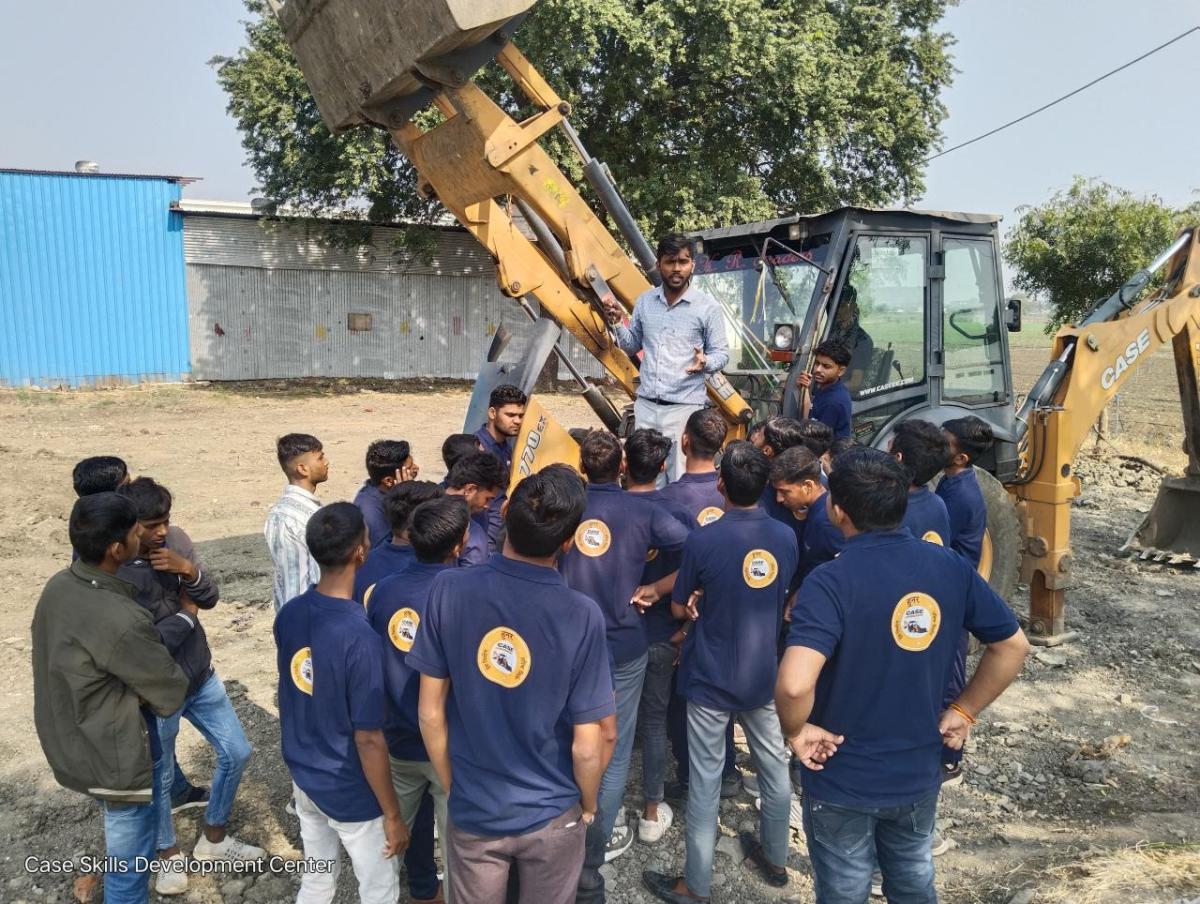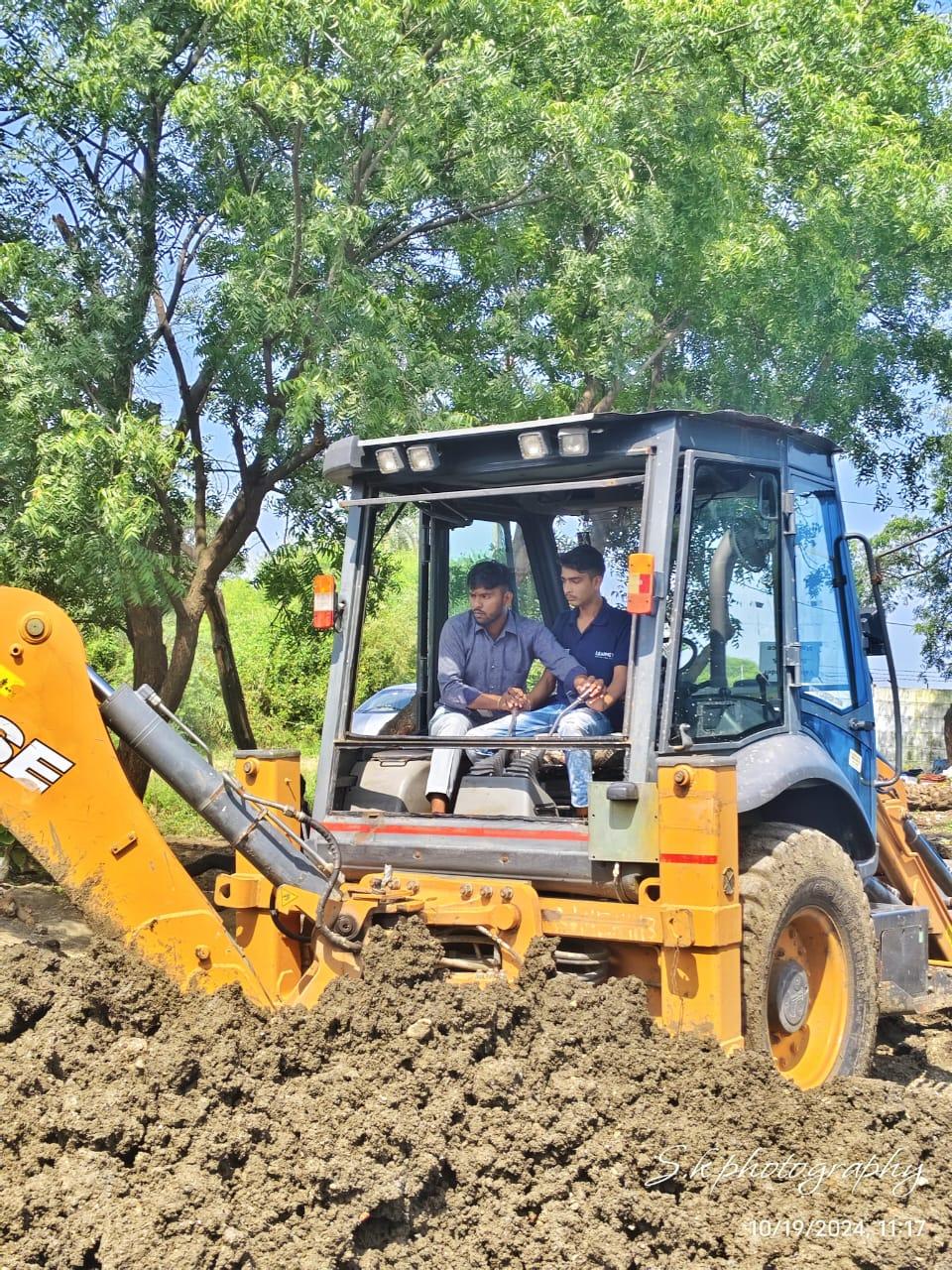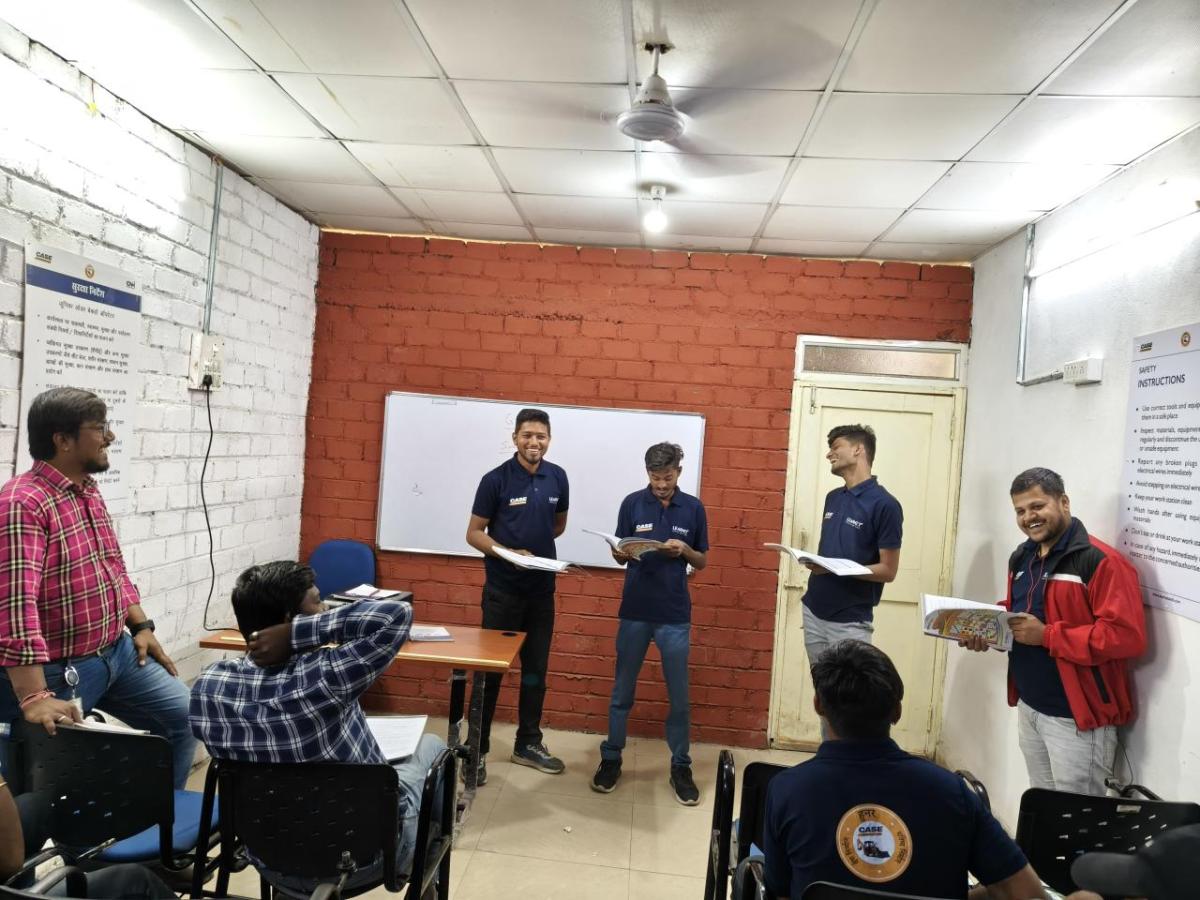CNH Training Helps Close an Industry-Wide Skills Gap
At CNH’s CASE Construction Equipment’s site in Pithampur, India, young people from underprivileged backgrounds can train as backhoe operators, helping to address a shortage of skilled workers in the construction industry.
The number of vehicles sold each year has increased from around 10,000 two decades ago to close to 150,000 now and is likely to reach 250,000 by 2030.
Over the past decade, India’s economy has almost doubled in size, from around $2 trillion to $3.7 trillion. The country’s construction market has played a big part in this rapid growth and India is now the world’s third-largest market for construction machinery, behind only the US and China. The number of vehicles sold each year has increased from around 10,000 two decades ago to close to 150,000 now and is likely to reach 250,000 by 2030, according to the Indian Construction Equipment Manufacturers Association (ICEMA).
However, construction firms in this booming market have struggled to find enough qualified operators, particularly for backhoe loaders, which are the mainstay of India’s construction sites.
CASE saw an opportunity to do more to bring new operators into the sector in the region around its plant in Pithampur, central India, and at the same time address the challenge of growing unemployment in the country. The Indian government has made it a priority to tackle the vicious circle in which a lack of access to good education and training keeps sections of the population trapped in economically disadvantaged situations because they are not qualified for higher-paying jobs.
In 2022, CASE started the Hunar program, which trains people in the region as backhoe loader operators. Most participants were economically disadvantaged after leaving school at a young age with few qualifications. CNH also works to place as many of the newly qualified operators into jobs once they complete the course. Participants receive 210 hours of training over 32 days and on average 70% secure employment at the end.
Between June 2022 and June 2025, more than 520 people have been trained, of whom 370 are working.
Read more here.




